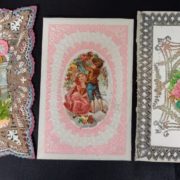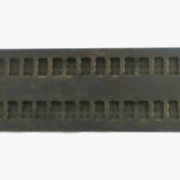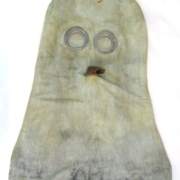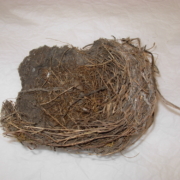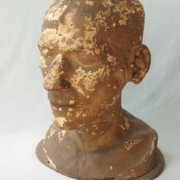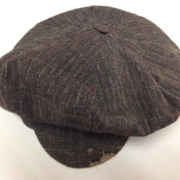Object of the Month – October 2021
October’s Objects of the Month are pieces of fossilised plants.
Fossils can form in different ways depending on where they form and the type of plant or animal. Most fossils come from the hard parts of animals such as bones, teeth or shells. For plants, wood is the most common material to fossilise because it is quite hard, and takes longer to rot away than other parts.
Soft leaves and flowers need to be buried quickly in deep sediment like mud or volcanic ash where the low oxygen levels mean they won’t rot. Once underground, plant material can fossilise in different ways.
Compression

This flower is probably preserved by compression, like pressing and drying it in fine mud over millions of years. Heat and pressure deep underground turned the mud to stone and forced moisture and gases from the leaf at the same time.
The main ingredient in living plants is carbon, so a thin, black, carbon-rich film is all that’s left. In most fossils, new minerals replace the original material. But because this is a compression fossil, the carbon-rich film is the exact same carbon that was in the plant millions of years ago. Soft-bodied animals like squid can also be preserved like this.
Impression

© SWM
This fern leaf, or frond, is preserved as an impression. When something soft is preserved by compression, the shape of it is also preserved as an impression, like pressing a leaf into soft mud or clay and then removing it.
This fossil is one part of a small rock nodule which was split in two to show the leaf – this part shows the impression of the frond. Because compression and impression fossils usually form together, the word ‘adpression’ describes both at the same time.
Petrification

© SWM
Fossilised wood is often called ‘petrified’ wood, meaning wood ‘turned to stone’. It happens when the materials (cellulose and lignin) that make up the solid part of wood are replaced by minerals, turning it to stone.
Minerals dissolved in groundwater seeping through the sediment settle as solids in the microscopic cell walls of the wood as the cellulose and lignin slowly rot. This can create a perfect stone copy of the original structure of the wood.
See these objects up close in Curiosity Corner throughout October.


